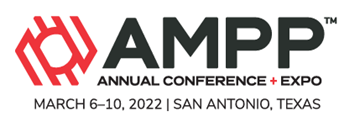Search
Top of Line Corrosion in Multiphase Gas Line Operational Feedbacks
Also Purchased
Top of the Line Corrosion Mechanism for Multiphase Sour Gas Subsea Pipeline
Product Number:
51323-18782-SG
Publication Date:
2023
$20.00
Top of Line Corrosion Probabilistic Risk Analysis for Wet Sour Subsea Pipeline
Product Number:
51319-13116-SG
Publication Date:
2019
$20.00
Dual Functional Corrosion Inhibitor Design And Testing For Top-Of-Line And Bottom Of Line Corrosion
Product Number:
51322-17787-SG
Publication Date:
2022
$20.00




